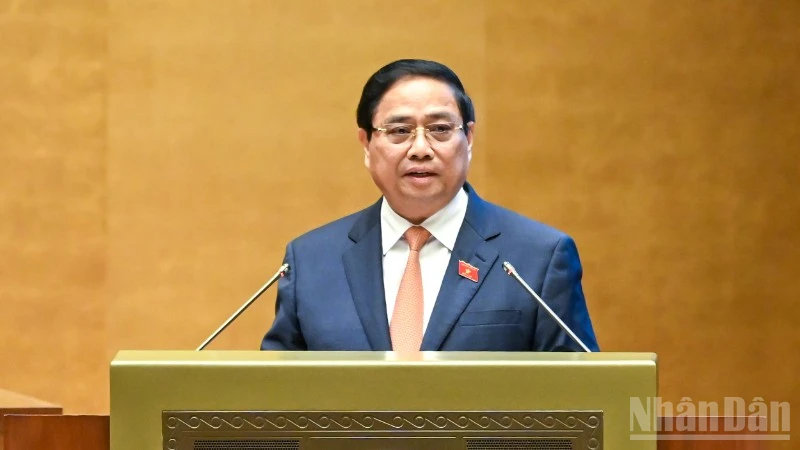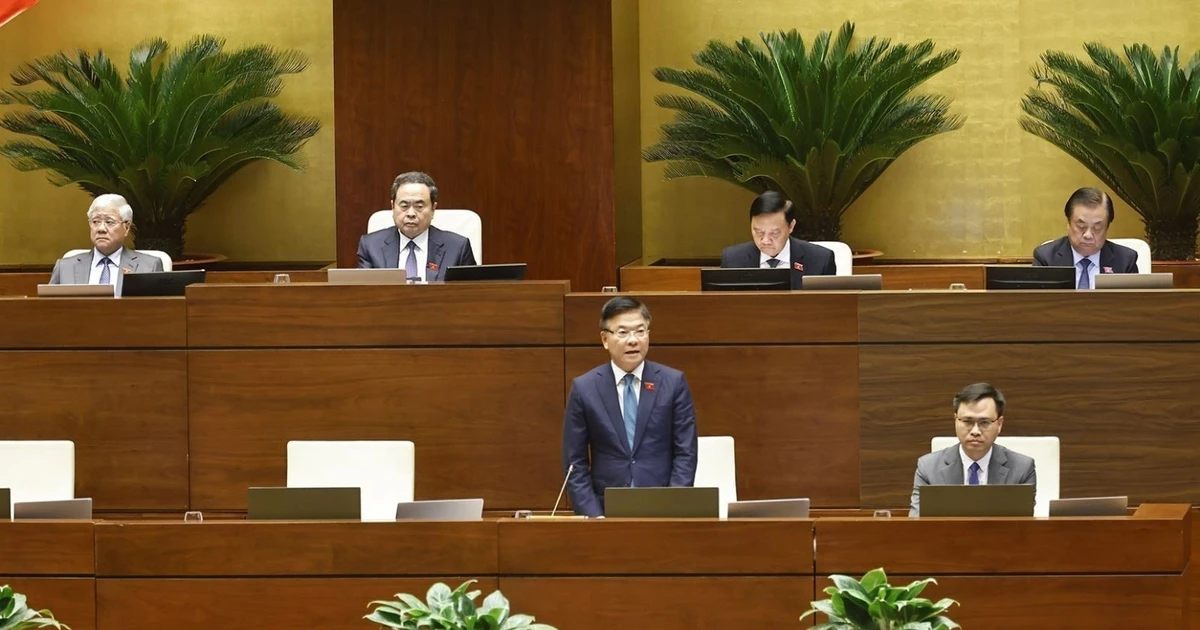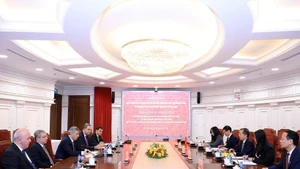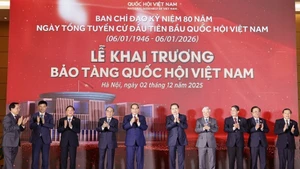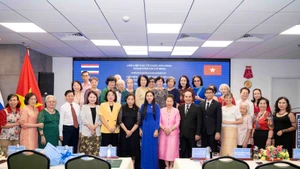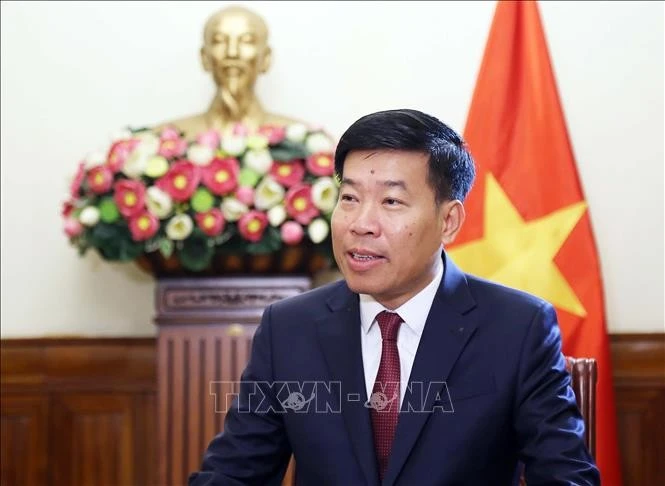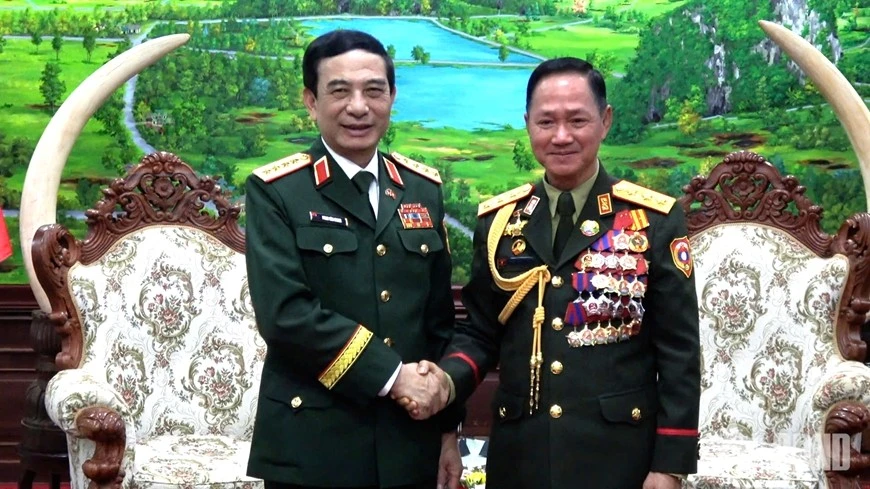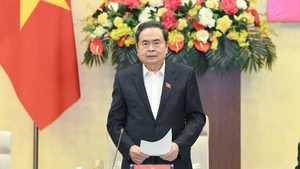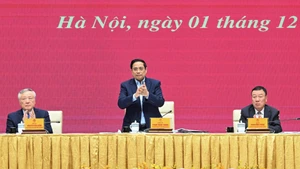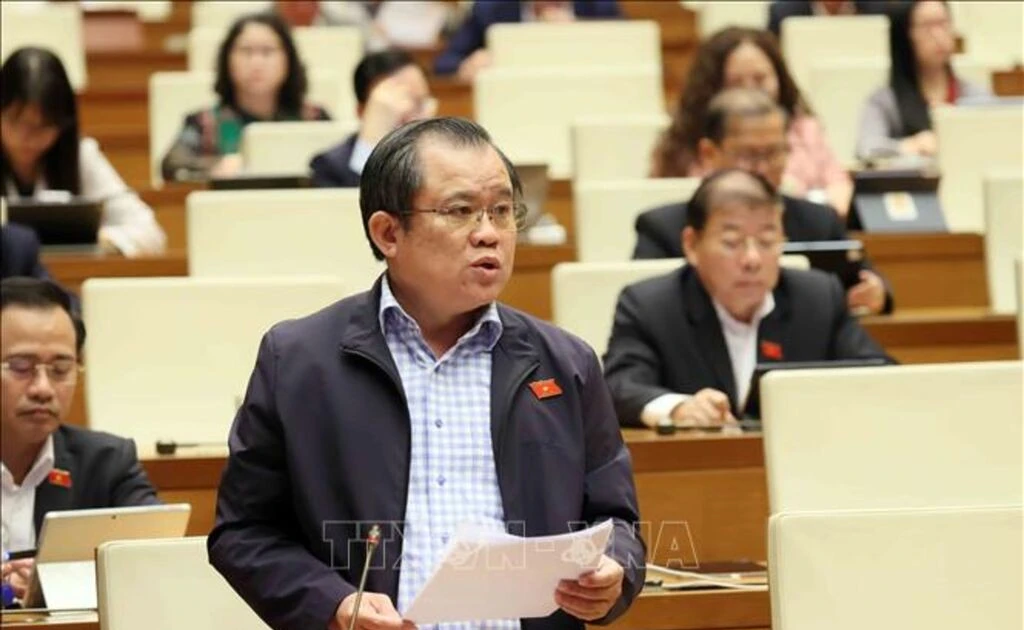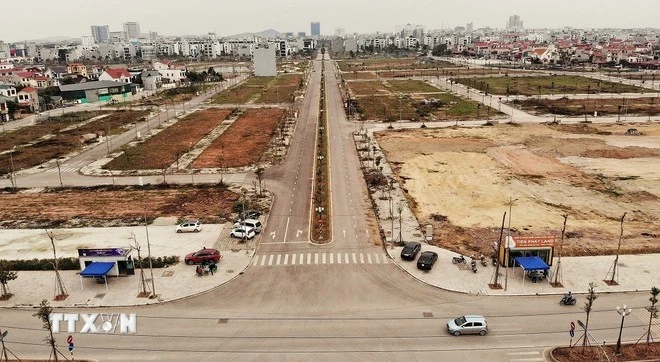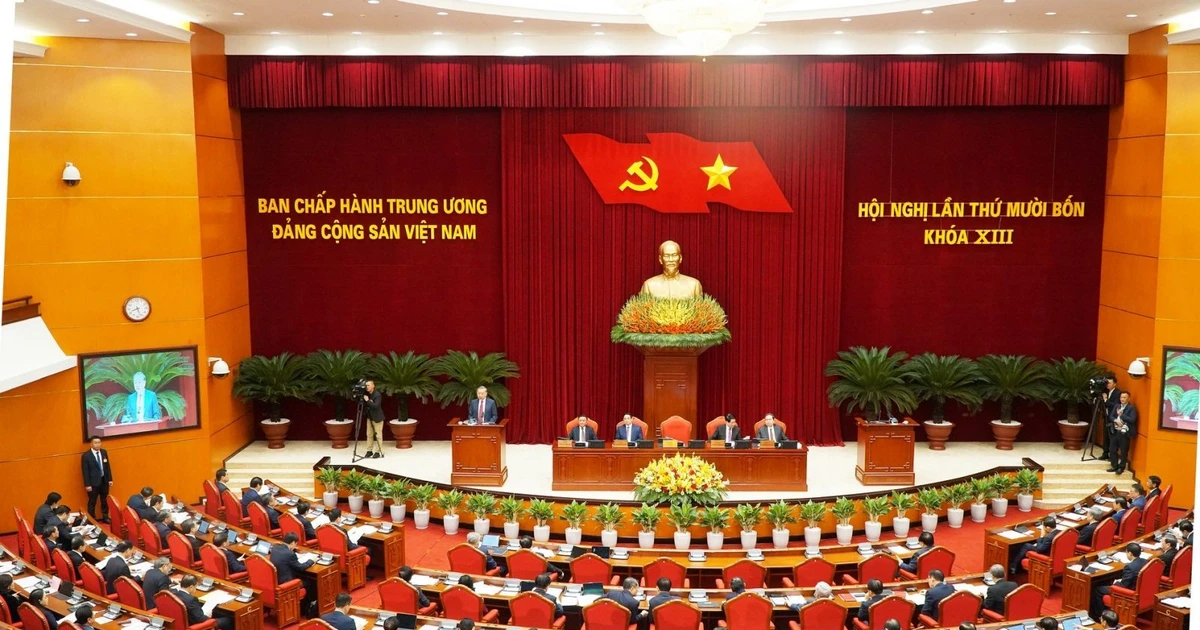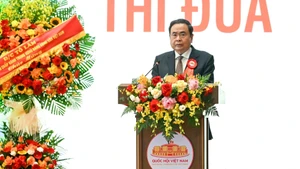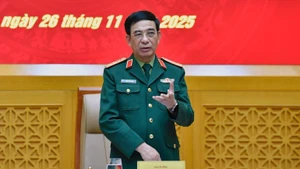At the event, Prime Minister Pham Minh Chinh presented the report on the implementation of the 2025 socio-economic development plan and the 2021–2025 five-year plan, along with the projected 2026 plan.
Addressing the National Assembly, the Prime Minister noted that despite the complex and unpredictable global situation, including severe impacts from the COVID-19 pandemic, and domestic difficulties outweighing opportunities, Viet Nam, through strong determination, great effort, and decisive action, achieved and surpassed 22 out of 26 key socio-economic indicators, nearly fulfilled two more, and exceeded all social and welfare-related targets. In both 2024 and 2025, the country met or exceeded all 15 key socio-economic targets.
Viet Nam’s economy has demonstrated resilience and maintained robust growth. GDP in 2025 is projected to grow by over 8%, with an average annual growth rate of 6.3% during 2021–2025—higher than the previous term. The economy’s size expanded from 346 billion USD in 2020 to 510 billion USD in 2025, rising five places to rank 32nd globally. Per capita GDP in 2025 is estimated at 5,000 USD, 1.4 times higher than in 2020, placing Viet Nam among the upper middle-income countries.
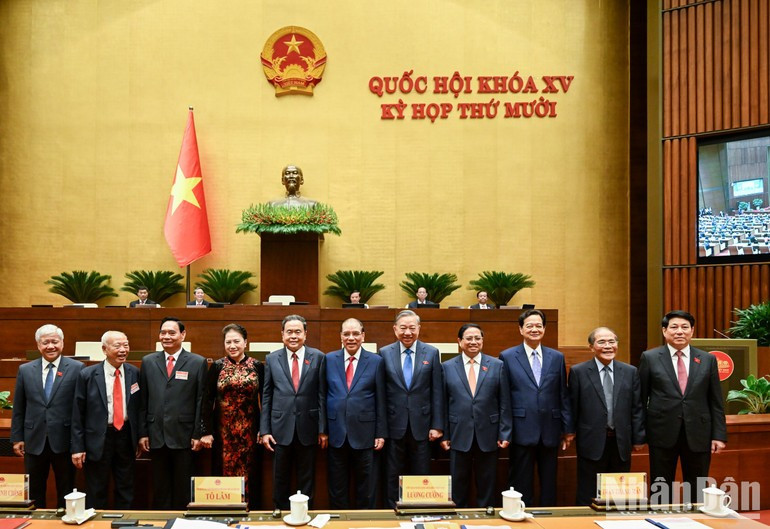
Macroeconomic stability has been maintained; inflation is kept below 4%. State budget revenue is estimated at 9.6 quadrillion VND, far exceeding the target. Total social investment capital reached around 33.2% of GDP; foreign direct investment (FDI) reached 185 billion USD, placing Viet Nam among the top 15 developing countries attracting the most FDI worldwide. Trade volume grew strongly, hitting a record 900 billion USD, with a trade surplus of 88.3 billion USD.
The three strategic breakthroughs were implemented decisively and effectively. Lawmaking was comprehensively renewed, with more than 180 laws, ordinances, and resolutions passed by the National Assembly, and 820 decrees issued—the highest number ever in a single term. Science, technology, innovation, and digital transformation achieved positive results: 100% of communes and wards now have broadband fibre infrastructure, and Viet Nam’s mobile internet speed ranks among the top 20 globally.
Cultural, social, educational, and health sectors, along with social welfare, have seen significant improvements. The multidimensional poverty rate declined from 4.4% in 2021 to 1.3% in 2025. The target for eliminating temporary housing was achieved five years and four months ahead of schedule, with over 334,000 homes completed. Health insurance coverage reached 95.2%, and average worker income rose from 5.5 to 8.3 million VND per month.
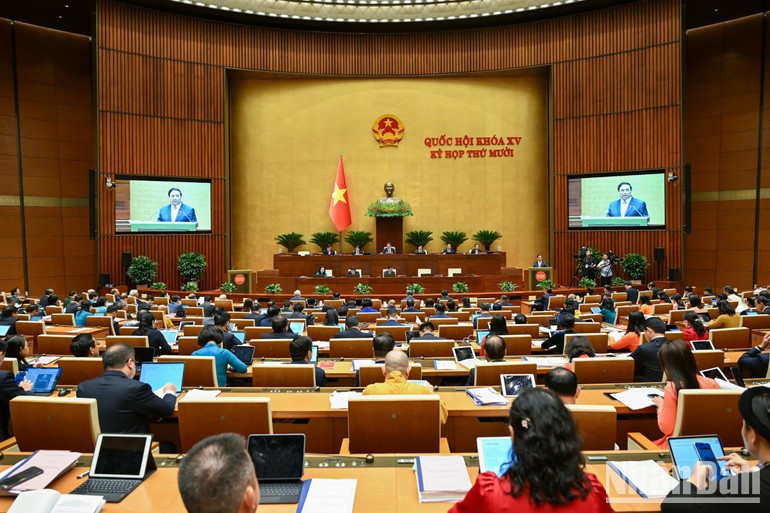
The Government has streamlined and consolidated its apparatus and implemented the two-tier local administration model in conjunction with decentralisation and devolution efforts. The number of civil servants in the administrative sector has been reduced by 145,000, and recurrent expenditure cut by 39 trillion VND annually. Local government operations have become more standardised, transitioning from administrative management to citizen-centred governance and development facilitation.
Foreign affairs and international integration have been a bright spot, enhancing Viet Nam’s prestige and standing. Viet Nam was re-elected to the United Nations Human Rights Council for the 2026–2028 term and has established comprehensive, strategic, or comprehensive strategic partnerships with 38 countries, including all five permanent members of the UN Security Council and 17 members of the G20.
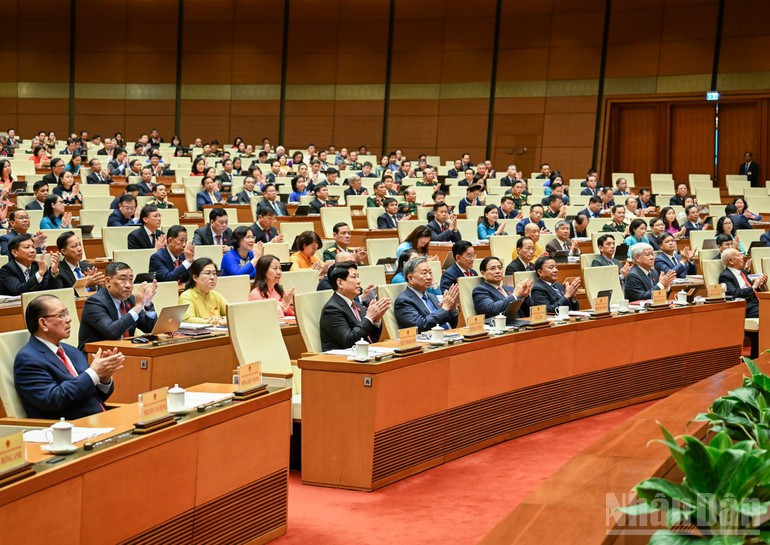
Prime Minister Pham Minh Chinh identified the overall objectives for 2026 as promoting growth, maintaining macroeconomic stability, controlling inflation, and ensuring major economic balances. The Government will focus on strengthening strategic autonomy, renewing the development model, and accelerating industrialisation, modernisation, and urbanisation.
Fifteen key targets have been set, including GDP growth of 10% or higher; per capita GDP reaching 5,400–5,500 USD; average CPI rising about 4.5%; labour productivity increasing by around 8%; and the multidimensional poverty rate falling by 1–1.5%.
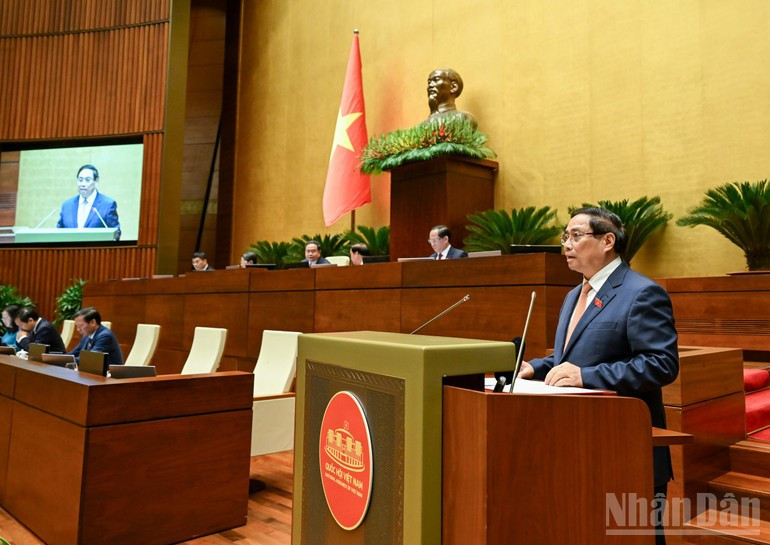
To achieve these goals, the Government will prioritise investment in strategic infrastructure, including the Lao Cai–Ha Noi–Hai Phong railway, the north–south high-speed railway, phase two of Long Thanh International Airport, major sports centres in Ha Noi and Ho Chi Minh City, and international transshipment seaports.
In parallel, the Government will accelerate the development of the digital economy, green economy, circular economy, semiconductor industry, and artificial intelligence (AI); implement digital government, digital society, and digital citizenship initiatives; launch semiconductor chip production plants; and establish international financial centres in Ho Chi Minh City and Da Nang.
Human resource development is a central focus. The Government aims to promote English as the second language, introduce AI education in schools, and train 100,000 engineers in semiconductors and AI in a short timeframe.
Social welfare, poverty reduction, environmental protection, and climate change response will remain priorities. At the same time, national defence, security, and social order will be strengthened, alongside preparations for the 14th National Party Congress, the 16th National Assembly elections, and APEC 2027 in Viet Nam.
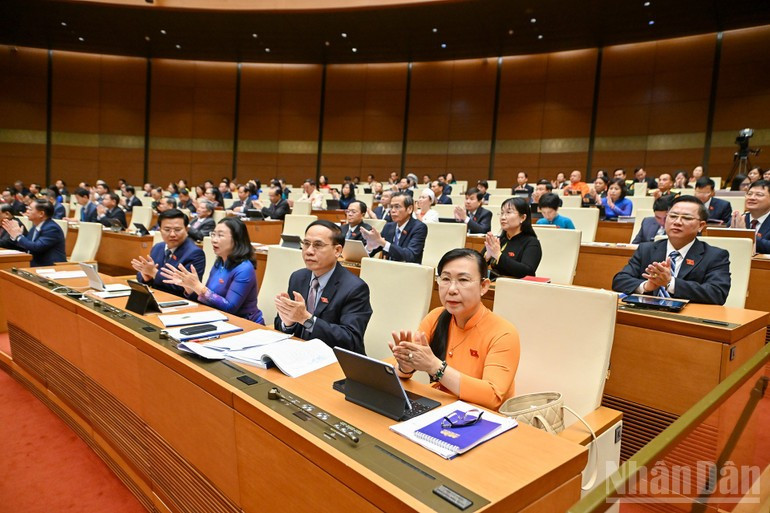
The Prime Minister emphasised that the past term has been a journey of steadfast will, firm resolve, and creative intellect — a period marked by faith, aspiration, and the spirit of overcoming challenges for the sake of the nation and its people.
